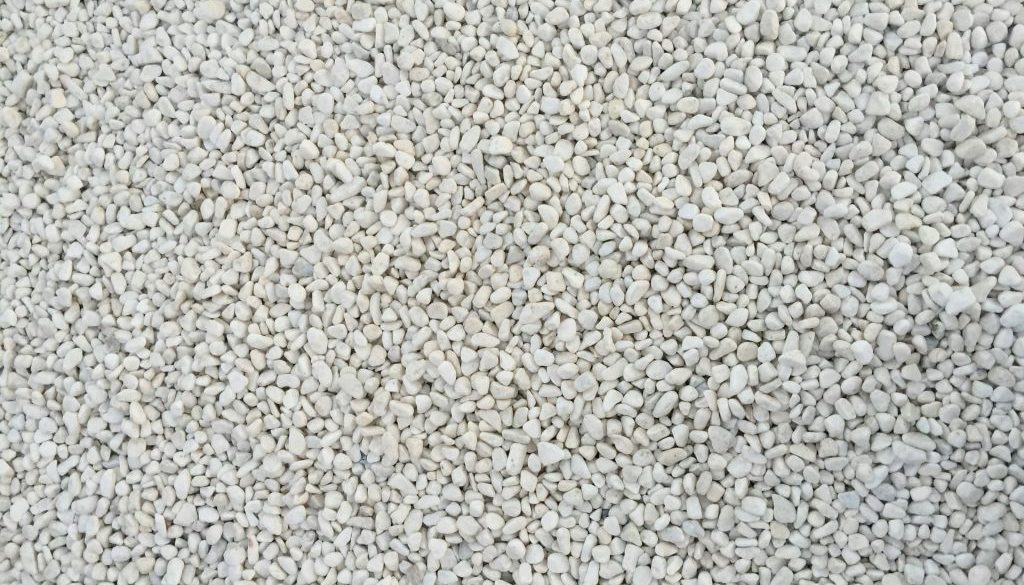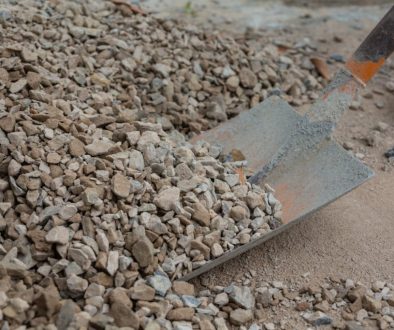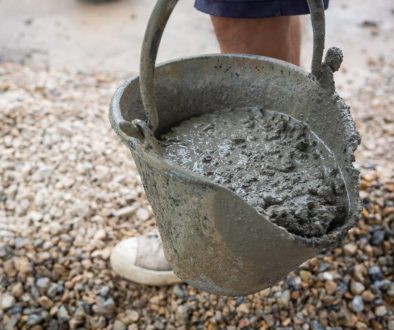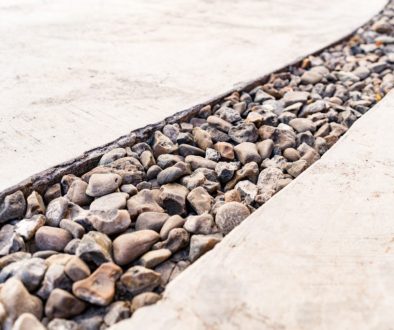The kind of gravel you choose for your drive can affect how it looks, holds together in bad weather, and lasts through heavy use. One of the most common choices is 20mm gravel. It’s a popular size that’s easy to work with and strong enough for regular car traffic. Around this time of year, when the ground gets wetter and leaves start to fall, many homeowners in Cheshire think about getting their driveways sorted before winter rolls in. Autumn is the right window to make changes like this while the ground is still soft enough to dig and dry enough to work without fighting puddles.
What Makes 20mm Gravel a Good Option
There’s a reason we often see 20mm gravel on farm tracks, garden drives, and even some bigger car parks. It’s simple and dependable without being messy or hard to deal with.
• The size helps it stay in place. It settles quickly and doesn’t shift much under foot or tyres, which cuts down on ruts and loose patches.
• It drains water better than small gravel, especially during a wet autumn or after a frost. That’s a big plus in a place like Staffordshire where wet spells are common.
• It looks tidy once it’s laid. Even though it’s just stone, it has a finished appearance that keeps its shape well, meaning less topping up later.
That balance of looks and function makes 20mm gravel a go-to for people wanting a nice surface that doesn’t turn into a muddy trail after heavy use.
According to the aggregates page on our website, 20mm gravel is a customer favourite for domestic driveways and is suitable for laying over a sub base for stability and drainage.
Matching Gravel to Your Traffic and Usage
Gravel isn’t a one-size-fits-all choice. How it performs can depend on what you’re doing with the drive day to day.
• If your drive sees regular car movement, like parking up every morning and evening, then a mid-size gravel like 20mm is a smart pick. It handles tyre pressure well while staying level.
• For heavier vehicles or vans, especially where parking spots don’t shift often, a tougher setup below the gravel might be needed. That gives it proper support and stops stone from sinking or spreading out.
• Some people add finer gravel or blend other sizes to help it lock together better or to change the look. Just keep in mind that mixing types needs a steady surface underneath or it’ll end up uneven.
Whether your drive is for a single car, multiple vehicles, or even the odd delivery truck, the gravel on top needs to work with what’s going on beneath it.
Picking a Colour and Style That Fits
Looks still matter, even for simple parts of home like a gravel drive. The right colour and stone shine can keep everything looking neat without shouting for attention.
• Natural stone shades like brown, beige or mixed colour blends work well in rural settings or near older stone homes. They tend to blend into the space without drawing too much focus.
• Greys and darker tones can feel cleaner and sharper around newer properties or when paired with modern paving and fences.
• Whatever you pick, it helps to match the gravel with nearby features like stone walls, garden beds or fencing. A bit of thought here keeps the full picture balanced and gives that tidy, finished feel from the kerb.
It’s a simple surface, but small details like colour and how it ties into the rest of the space make a surprising difference when you step back.
Our site highlights that our gravel comes in a variety of types and natural colours to suit both classic and modern home styles, helping customers find the best match for their landscape.
Getting the Groundwork Right Before You Lay It Down
Good gravel is only as strong as what’s underneath. If the ground’s not ready, even 20mm gravel can end up uneven or washed away.
• Shape and slope the ground first. That helps water run off instead of sitting in puddles or making soft spots. In wet months, that makes a real difference.
• A compact base layer, like crushed stone or Type 1, gives the gravel something strong to sit on. Without it, gravel shifts more and sinks when it gets walked or driven over.
• Boards or kerbs around the edges keep the gravel from spreading out into grass or onto paving. That helps it stay in place when people walk or drive at an angle or when it gets scraped by turning tyres.
Taking the time to prep the space right doesn’t just make it easier to lay the gravel. It means fewer repairs next year and a cleaner look that holds up through winter.
Our aggregates page mentions that when 20mm gravel is laid over MOT Type 1 or other approved bases, the driveway is more resistant to weather damage and daily use.
A Drive That Handles the Season Well
Done right, a driveway surfaced with 20mm gravel can do a lot more than just give your tyres something solid to land on. It holds up against muddy shoes, heavy rain, and fallen leaves, all without turning into a swamp or a mess you have to sweep every week.
Choosing the right size, setting it down on a solid base, and matching it to how the space gets used all makes sure you get a driveway that works both now and next season. Taking care of it in autumn while the weather is still holding gives you a surface that’s ready when things turn colder and wetter. That way, when spring rolls around, everything underneath is still right where it should be.
Planning to resurface your drive this autumn? We’re here to help you choose the right materials for a solid, tidy finish that stands up to Cheshire’s changing weather. Many of our customers rely on 20mm gravel for both strength and appearance, especially during the wetter months. At Enviro Skip Hire, we know how to match the right stone to your space and usage, so give us a call and let’s get started.




